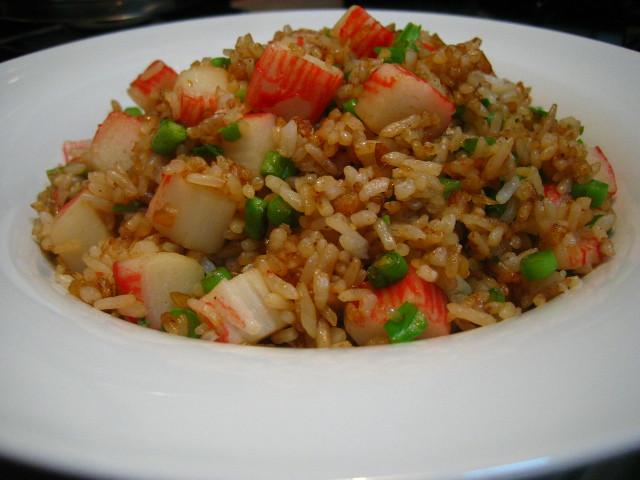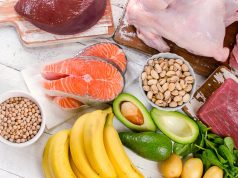Managing high cholesterol can feel overwhelming, but understanding the right dietary choices is a powerful step toward better heart health. High cholesterol is a common concern that affects millions worldwide, often silently increasing the risk of serious health issues like heart disease and stroke. The good news is that making informed dietary changes can significantly improve your cholesterol levels and overall well-being. In this article, we’ll explore the best diet plans tailored to help you manage high cholesterol effectively. With empathy and clarity, we’ll guide you through practical and sustainable changes, empowering you to take control of your health journey. Whether you’re seeking to prevent high cholesterol or manage an existing condition, these diet plans offer a compassionate path to a healthier heart and a more vibrant life.
Understanding Cholesterol: The Role of Diet in Heart Health
When it comes to managing high cholesterol, diet plays a crucial role in maintaining heart health. Understanding the balance between good and bad cholesterol is essential. LDL (low-density lipoprotein) is often labeled as “bad” cholesterol, while HDL (high-density lipoprotein) is considered “good” cholesterol. The key is to lower LDL levels while raising HDL levels through mindful eating habits.
Incorporate the following foods into your diet to help manage cholesterol levels:
- Oats and Whole Grains: Rich in soluble fiber, they can reduce the absorption of cholesterol into your bloodstream.
- Nuts and Seeds: Packed with heart-healthy fats, these can help improve cholesterol levels.
- Fatty Fish: Omega-3 fatty acids in fish like salmon and mackerel lower triglycerides and LDL cholesterol.
- Fruits and Vegetables: High in fiber and antioxidants, these are crucial for a heart-healthy diet.
- Legumes: Beans and lentils are excellent sources of protein and fiber, aiding in cholesterol management.
Avoid or limit foods high in saturated and trans fats. Here’s a quick guide:
| Food to Limit | Reason |
|---|---|
| Red Meat | High in saturated fats |
| Butter and Cream | Increase LDL cholesterol |
| Processed Foods | Often contain trans fats |
| Fried Foods | High in unhealthy fats |

Foods to Embrace: Nutrient-Rich Choices for Lowering Cholesterol
When it comes to managing high cholesterol, choosing the right foods can make a significant difference. Nutrient-rich foods not only help lower cholesterol levels but also support overall heart health. Here are some heart-friendly choices to consider:
- Oats and Whole Grains: Rich in soluble fiber, oats and whole grains can help reduce the absorption of cholesterol into your bloodstream. Consider starting your day with a bowl of oatmeal or incorporating whole-grain bread and pasta into your meals.
- Nuts and Seeds: Almonds, walnuts, flaxseeds, and chia seeds are packed with healthy fats and fiber. They make excellent snacks and can also be sprinkled over salads or yogurt for added crunch and nutrition.
- Fatty Fish: Salmon, mackerel, and sardines are rich in omega-3 fatty acids, which can help lower triglycerides and improve heart health. Aim to include these fish in your diet at least twice a week.
- Fruits and Vegetables: Brightly colored fruits and leafy greens are high in antioxidants and fiber. They help keep cholesterol levels in check while providing essential vitamins and minerals.
Incorporating these foods into your diet can be both delicious and beneficial. To help you get started, here’s a simple meal plan:
| Meal | Options |
|---|---|
| Breakfast | Oatmeal with sliced bananas and almonds |
| Lunch | Quinoa salad with mixed greens, cherry tomatoes, and walnuts |
| Dinner | Grilled salmon with steamed broccoli and brown rice |

Foods to Limit: Recognizing and Reducing Cholesterol Culprits
- Saturated Fats: These are often found in red meats, full-fat dairy products, and certain oils like coconut and palm oil. Saturated fats can raise your LDL (bad cholesterol) levels, increasing the risk of heart disease. Consider opting for leaner cuts of meat and low-fat dairy options.
- Trans Fats: Frequently lurking in processed foods, baked goods, and margarines, trans fats not only elevate bad cholesterol but also lower good cholesterol (HDL). Always check food labels for “partially hydrogenated oils” and aim to eliminate them from your diet.
- Cholesterol-rich Foods: While dietary cholesterol has a smaller effect on blood cholesterol compared to trans and saturated fats, it’s still wise to monitor intake. Foods like egg yolks, organ meats, and shellfish contain high levels of cholesterol.
Reducing these cholesterol culprits doesn’t mean sacrificing flavor. Instead, embrace heart-healthy alternatives. Replace saturated fats with unsaturated fats found in avocados, nuts, and olive oil. Incorporate more plant-based meals to naturally lower cholesterol levels. By being mindful of these dietary adjustments, you can effectively manage high cholesterol while still enjoying delicious and satisfying meals.
| Food | Cholesterol Level | Alternative |
|---|---|---|
| Butter | High | Olive Oil |
| Red Meat | High | Chicken Breast |
| Whole Milk | High | Almond Milk |

Crafting Your Meal Plan: Practical Tips for Sustainable Lifestyle Changes
Transitioning to a heart-healthy diet doesn’t have to be daunting. Embracing practical, sustainable changes can significantly help in managing high cholesterol. Focus on incorporating nutrient-dense foods that are rich in fiber and healthy fats. Start by including more plant-based meals in your routine. Vegetables, fruits, whole grains, and legumes are your best allies in this journey.
- Oats and Barley: These grains contain beta-glucan, a soluble fiber that helps reduce LDL cholesterol.
- Nuts and Seeds: Almonds, walnuts, flaxseeds, and chia seeds are packed with omega-3 fatty acids and fiber.
- Fatty Fish: Salmon, mackerel, and sardines are excellent sources of omega-3s, which can lower triglycerides and support heart health.
- Legumes: Beans, lentils, and chickpeas are high in fiber and plant protein, making them great meat substitutes.
To help you visualize a balanced meal plan, here’s a sample daily menu designed to support cholesterol management:
| Meal | Example |
|---|---|
| Breakfast | Oatmeal topped with fresh berries and a sprinkle of chia seeds |
| Lunch | Quinoa salad with mixed greens, cherry tomatoes, and a handful of walnuts |
| Snack | Sliced apple with almond butter |
| Dinner | Grilled salmon with steamed broccoli and brown rice |








































